One Piece is brimming with memorable characters, but no entity wields more influence than the World Government. This global regime controls the vast majority of the Grand Line and its surrounding seas, and as a result, its approach to justice is a vital part of One Piece's world-building.
Given the amount of characters that work under the umbrella of One Piece's World Government, there are quite a few different types of justice seen throughout the series. These philosophies range from humane to dictatorial, which is partially why the World Government is one of the most interesting factions in shonen anime.
10 Absolute Justice
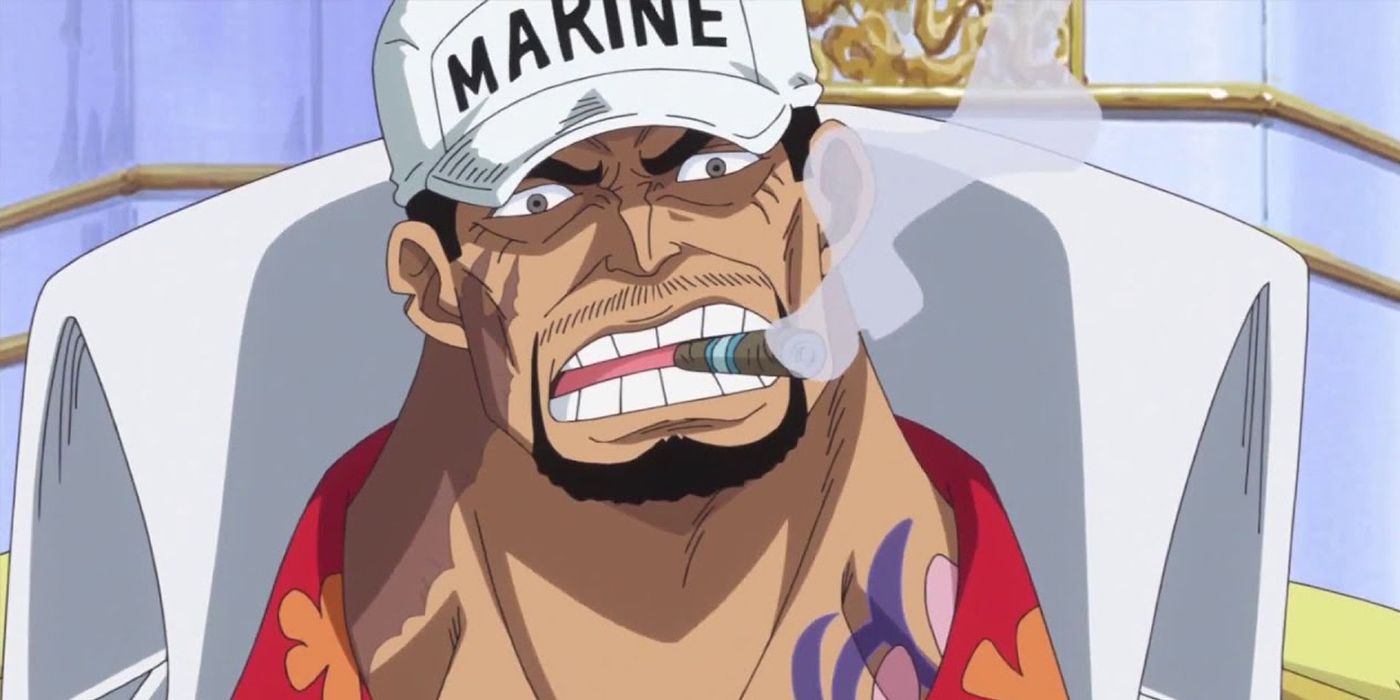
As the official stance of the Marines, Absolute Justice is a major tenant of the World Government's philosophy. At its core, this approach to justice prioritizes the eradication of evil by any means necessary — no matter the cost. This often results in the loss of civilian life, which has caused many One Piece characters to criticize the World Government's willingness to commit heinous actions in pursuit of their goals.
The origins of Absolute Justice are unknown, but for several centuries, it's proven to be an effective way to suppress any rebellion against the World Government's rule. However, because of its controversial nature, not all Marines practice Absolute Justice, which the World Government tolerates due to their need for soldiers.
9 Upheld Justice
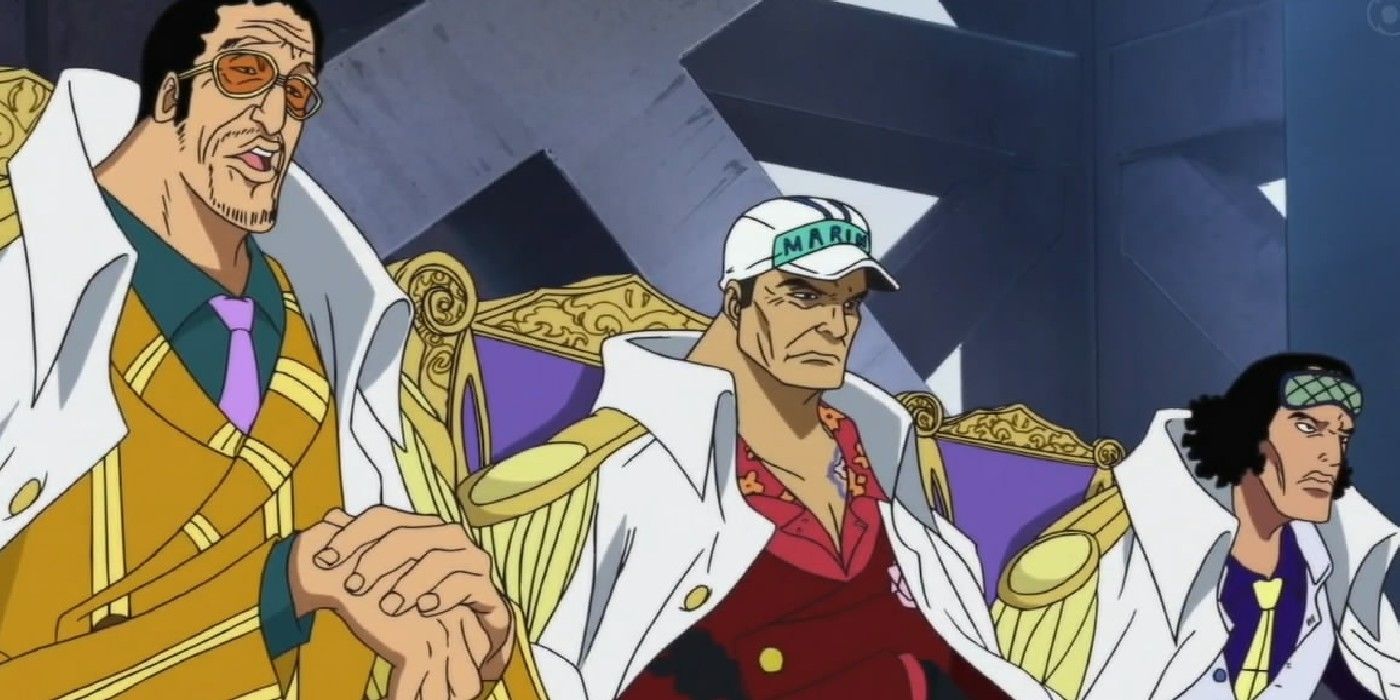
Although the Marines encourage their soldiers to practice Absolute Justice, the World Government allows for other philosophies as long as they don't cause insubordination. As a result, many high-ranking Marines follow their own personal type of justice, which has been labeled Upheld Justice by the series.
Because of its personal nature, each type of Upheld Justice is unique to the individual that practices it. While some types of Upheld Justice are derivations of Absolute Justice, others are significantly different, giving the Marines a wide range of perspectives.
8 Burning Justice
Admiral Aokiji
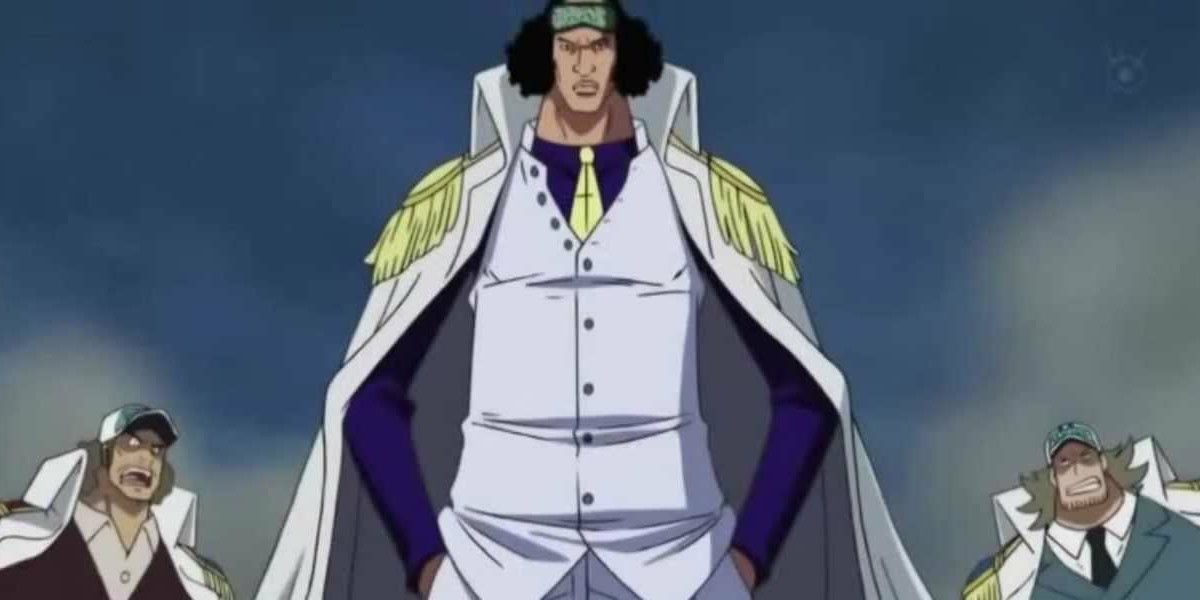
In some cases, a Marine's perspective on justice changes over time — this is certainly the case for Kuzan, who has changed significantly since first joining the Marines. Although Logia-type Devil Fruit user is known for his relaxed disposition, One Piece's author confirmed that Kuzan once practiced a surprising form of Upheld Justice.
Titled Burning Justice, this philosophy has yet to be fully explained, but its name suggests that it falls closer to Absolute Justice than other interpretations. The burning of Ohara is a major turning point for Kuzan, so it's possible that the atrocities he witnessed on the island were his reason for abandoning what seems to have been a hard-nosed perspective.
7 Lazy Justice
Kuzan
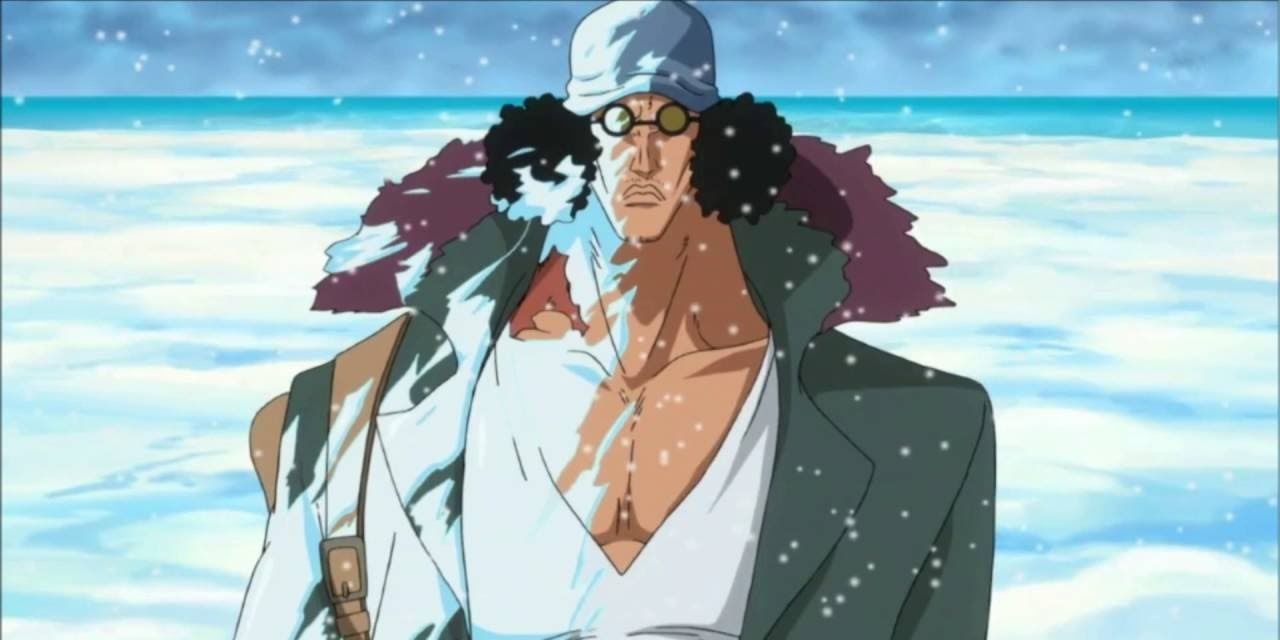
By the time that Kuzan becomes an Admiral of the Marines, he is practicing a different type of Upheld Justice than when he originally joined. One Piece describes his philosophy as Lazy Justice, which is admittedly a much more appropriate name for the cool-headed character.
Disillusioned with the hypocrisy of the World Government, Kuzan only acts in the name of Lazy Justice when it is absolutely necessary. Although this leads him to be apathetic to most situations, he's proven that he's more than willing to defend his ideals when necessary, naturally leading him to oppose characters like Admiral Akainu who are more than willing to hurt innocent bystanders.
6 Unclear Justice
Admiral Kizaru
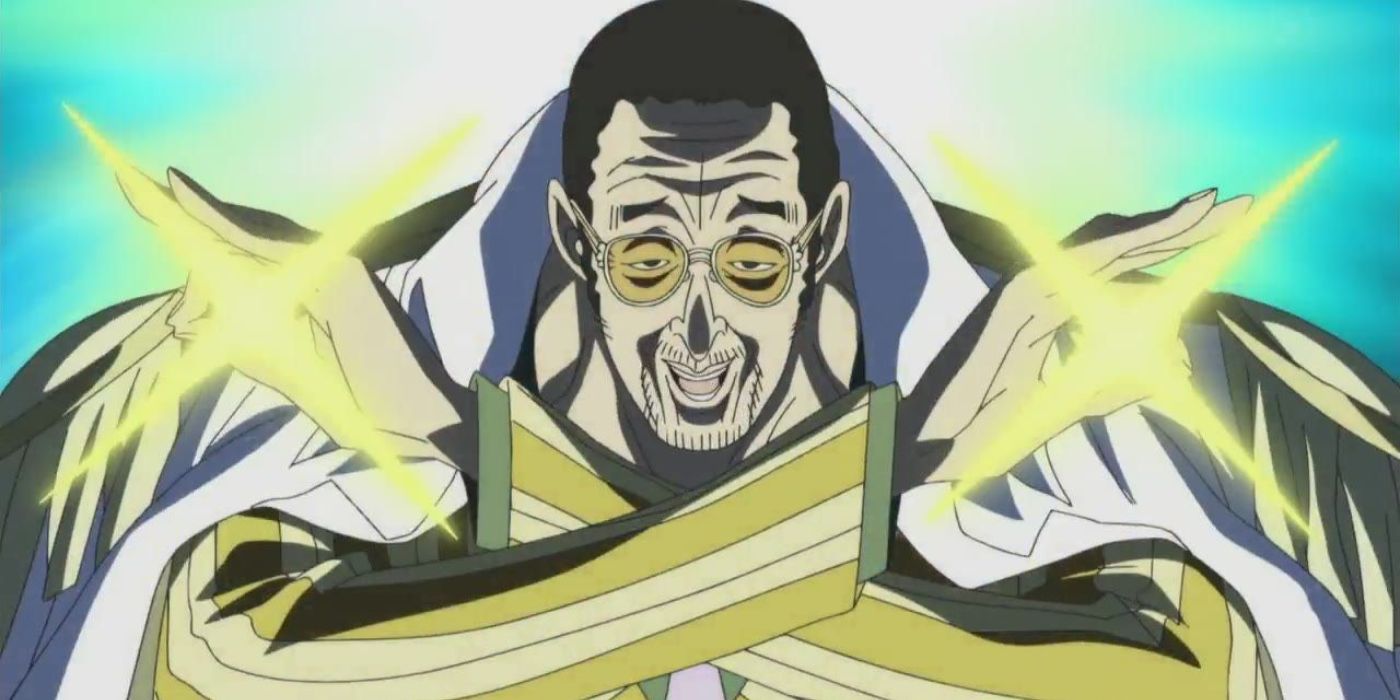
One Piece includes a massive cast of characters, but few are harder to read than Admiral Kizaru. The Marine officer's sense of justice constantly shifts and changes, which is likely why his particular brand of Upheld Justice is named Unclear Justice.
Admiral Kizaru shows no real reverence for authority, so it makes sense that he isn't the staunchest follower of Aboslute Justice. However, he does follow commands without much (if any) hesitation, making it virtually impossible to pin down where the user of the Glint-Glint Fruit is coming from.
5 Thorough Justice
Admiral Akainu
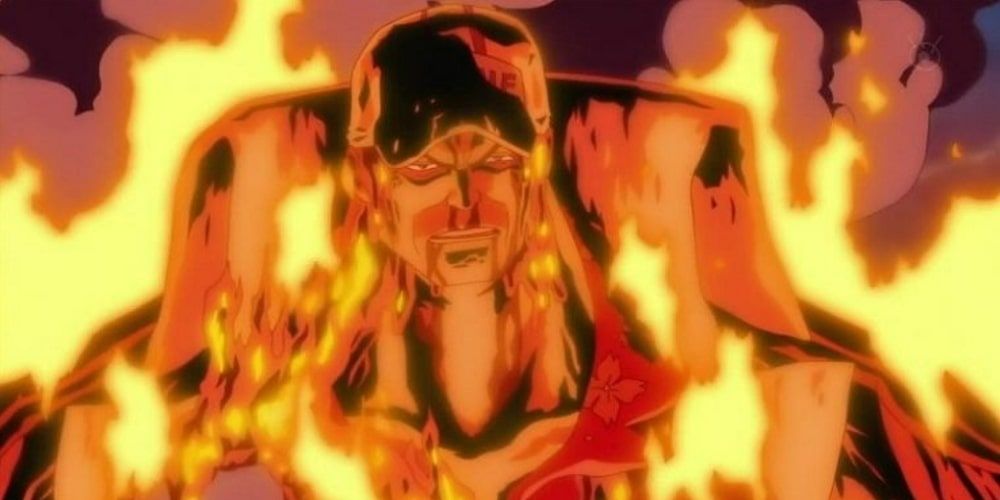
If there's any Marine who embodies Absolute Justice, it's Fleet Admiral Akainu. His personal brand of justice, Thorough Justice, is essentially just Absolute Justice taken to the extreme, and because of this skewed perspective, he has committed some of the worst atrocities in One Piece.
Akainu believes that evil must be eliminated at its roots — a belief that he uses to justify murdering innocent civilians who have yet to commit a single crime. It's an appalling take on the concept of justice, but unfortunately, it's one that has catapulted the frightening character to the top of the Marine hierarchy.
4 Cleansing Justice
Vice Admiral Tsuru
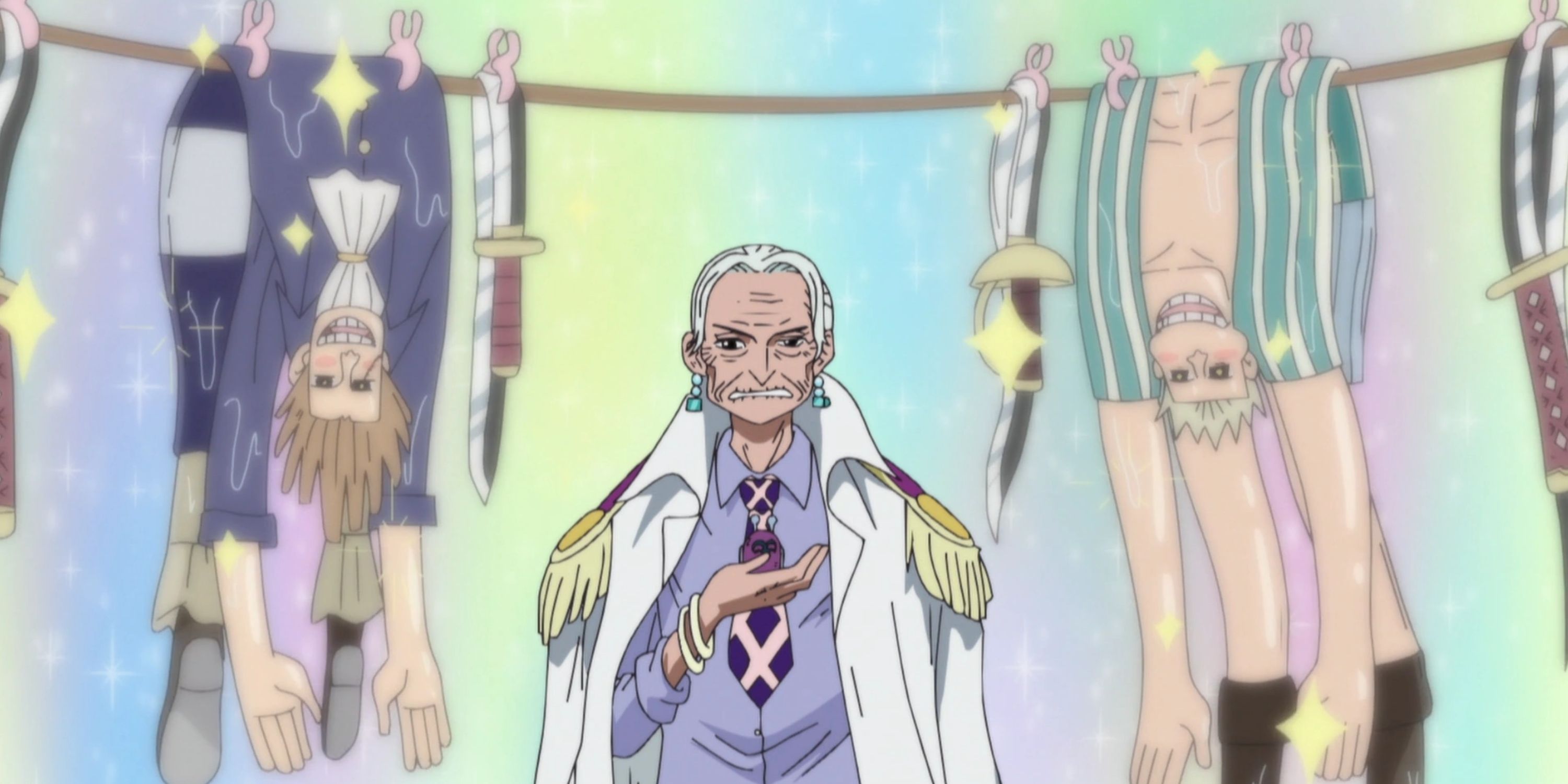
Although there aren't a lot of female Marines featured in One Piece, Vice Admiral Tsuru is one of the most accomplished soldiers that the World Government has at its disposal. Her guidance has proven to be a vital asset to the Marines, so it's only appropriate that she also possess her own type of Upheld Justice.
Tsuru's Devil Fruit, the Wash-Wash Fruit, can partially cleanse its target of their evil, which is almost certainly what inspired her sense of justice to be titled Cleansing Justice. The long-term effects of the Devil Fruit remain to be seen, but it and her implementation of justice are impressive enough to earn the respect of dangerous characters such as Donquixote Doflamingo.
3 Reigning Justice
Former Fleet Admiral Sengoku

Sengoku served as the Fleet Admiral of the Marines for many years, during which he was forced to deal with the fallout of Gol D. Roger's famous last words. This naturally led him to develop a different sense of justice than the average Marine, and thanks to information from his Vivre Card, fans now know that this type of justice is appropriately named Reigning Justice.
Being the leader of the Marines is a tremendous responsibility that Sengoku took incredibly seriously. As evidenced by his practice of Reigning Justice, his entire perspective was oriented around his unique position as Fleet Admiral, which is likely why he was praised by the majority of his subordinates.
2 Humane Justice
Admiral Fujitora
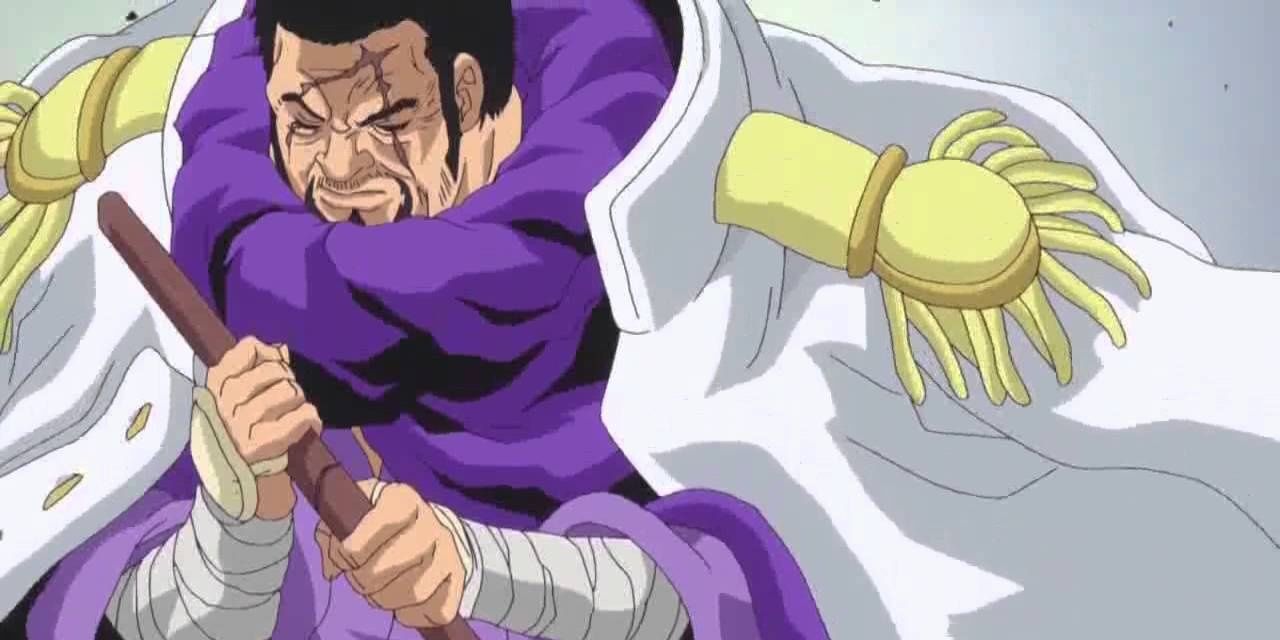
After One Piece's two-year timeskip, a new member of the Marines makes their appearance: Admiral Fujitora. The powerful character is a breath of fresh air for the Marines' upper brass, as he quickly establishes a tendency to prioritize the lives of the innocent over the wishes of the World Government. Because of this, his brand of justice is coined Humane Justice.
Humane Justice tends to resemble the concept of Lawful Good more than any other type of Upheld Justice seen in One Piece. It takes the disenfranchised position of the World Government's citizens into account, refusing to compromise their safety for the sake of preventing potential risks in the future — an admirable perspective that gets Admiral Fujitora in trouble multiple times.
1 Determined Justice
Admiral Ryokugyu
-1.jpg)
Given Fujitora's amicable disposition, many fans hoped that the other Marine Admiral introduced during the timeskip, Admiral Ryokugyu, would also practice a respectable brand of Upheld Justice. However, his philosophy, Determined Justice, doesn't seem to fit this description.
Admiral Ryokugyu is an ardent supporter of subjugation, believing that the systemic control and oppression of citizens is necessary for the sake of humanity. This leads him to even support the Celestial Dragons' claim to superiority, aligning the ideas of Determined Justice quite closely with those of Absolute Justice.

